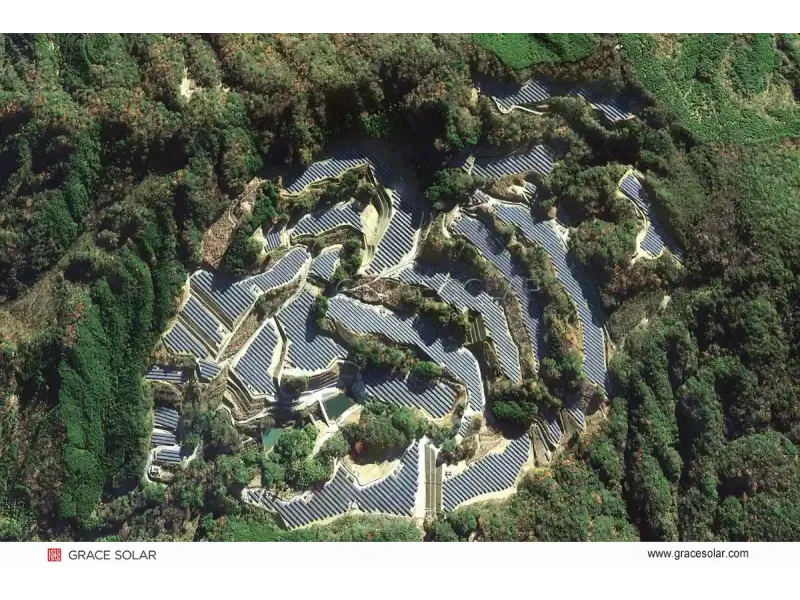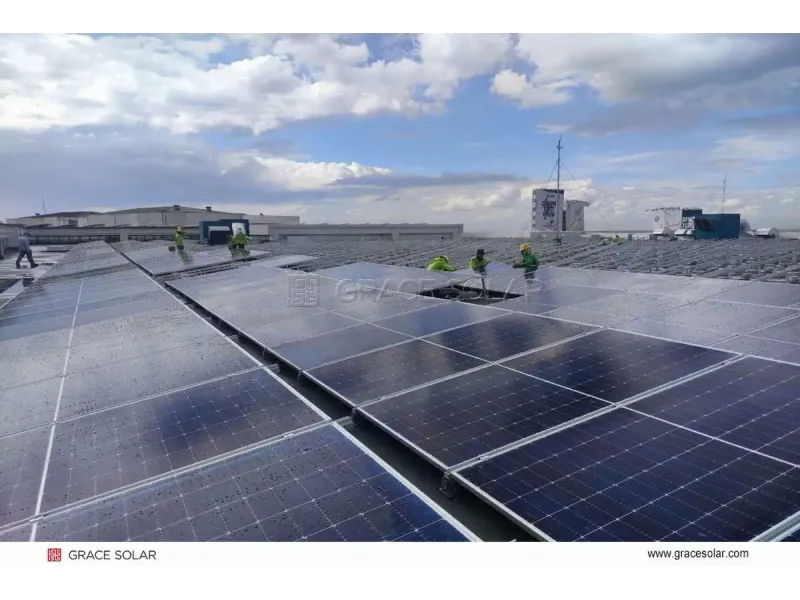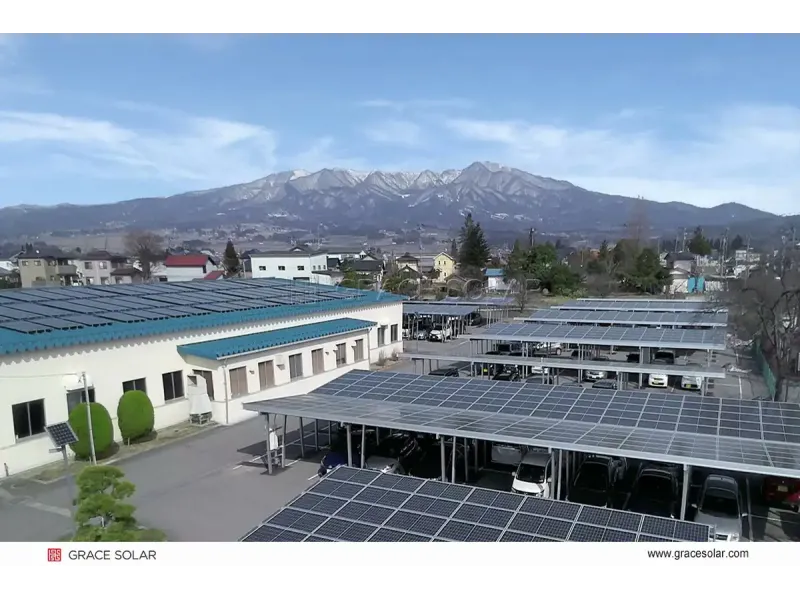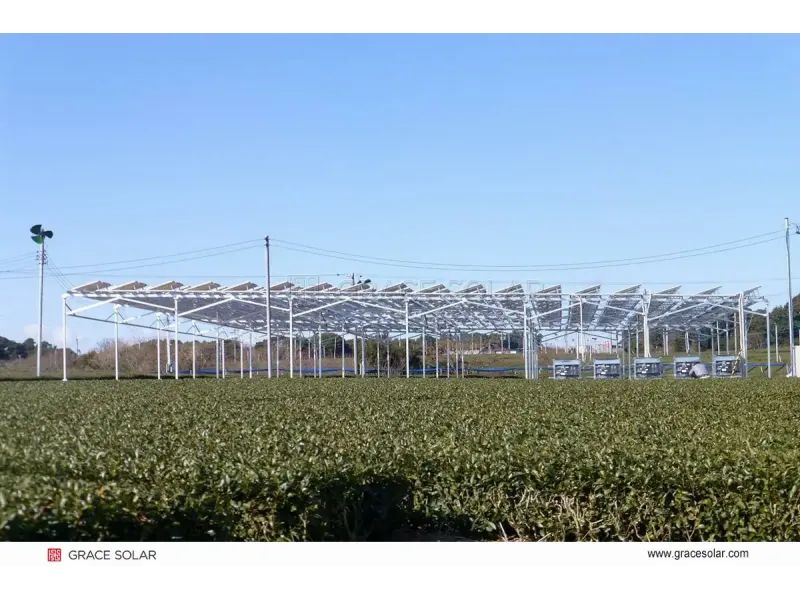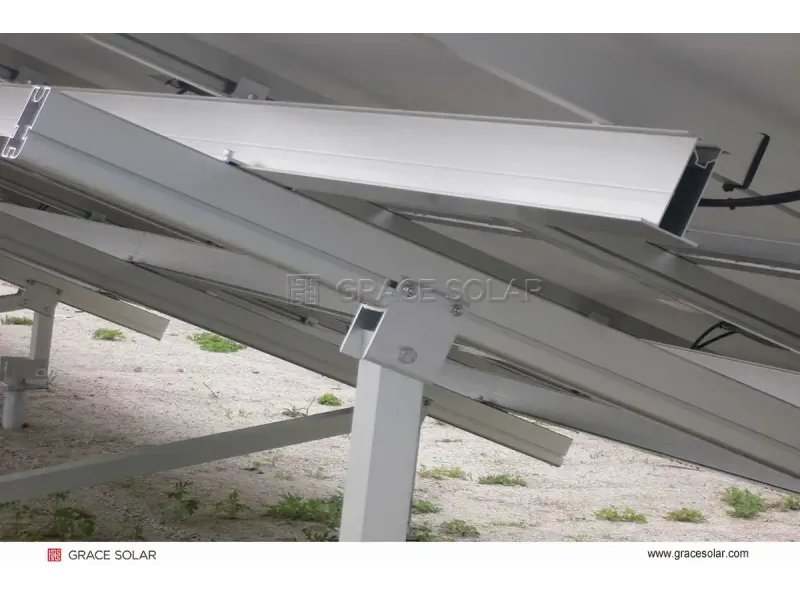How Efficient Is A Solar Tracking System?
Solar tracking systems revolutionize energy capture by dynamically aligning panels with the sun's path. Unlike fixed installations stuck at suboptimal angles, these intelligent systems deliver substantial efficiency gains that transform project economics.
The Efficiency Advantage: Tracking vs Fixed Systems
Fixed solar installations typically achieve about 6 peak sunlight hours daily. Tracking systems break this ceiling:
- ✓ Single Axis Trackers: Deliver 15-25% more energy, equivalent to 7-8 daily peak hours
- ✓ Dual Axis Systems: Boost output by 25-40%, achieving 8-9 peak hours
These gains stem from eliminating two critical inefficiencies: morning/evening shadow losses and suboptimal midday angles. For utility-scale projects, this transforms EPC economics through reduced Levelized Cost of Energy (LCOE).
Intelligence Driven Performance
Modern tracking efficiency extends beyond mechanical movement. Key innovations include:
AI-Powered Control Systems
Advanced algorithms process real-time weather data and cloud patterns, adjusting positioning beyond basic astronomical tracking. This intelligence delivers up to 8% additional yield during variable conditions.
Adaptive Terrain Handling
Leading tracking systems now accommodate challenging landscapes, with some single-axis solutions handling 20% north-south slopes without sacrificing energy capture. This terrain flexibility unlocks previously unsuitable sites for development.
Engineering Efficiency: Structural & Power Innovations
Multi-Point Drive Systems
Eliminating single-point failure risks, modern designs increase structural rigidity by 20%. This enhances wind resistance while maintaining precise single-axis or dual-axis positioning accuracy (±2°).
Power Optimized Operation
Energy consumption matters. High-efficiency tracking systems use under 0.04kWh/day through:
- Ultra-low power MCU controllers
- Strategic sleep modes
- Direct PV power harvesting
Maximizing Project Value
The efficiency equation extends beyond energy statistics:
Rapid Deployment Advantage
Pre-engineered components and simplified installation processes (like single-row designs) accelerate ROI timelines by up to 30% compared to complex systems.
O&M Cost Reduction
Elevated ground clearance (>500mm) and accessible layouts facilitate panel cleaning and maintenance, preserving yield advantages throughout the system's 25+ year lifespan while controlling operational expenses.
The Verdict: Where Tracking Delivers Maximum Value
Tracking efficiency varies by project parameters:
| Project Type | Recommended System | Typical Gain |
|---|---|---|
| Utility-scale flat terrain | Multi-drive dual-axis | 30-40% |
| Sloped/complex terrain | Adaptive single-axis | 20-25% |
| High-value applications | MPPT-optimized systems | +8% vs standard trackers |
* Actual gains vary based on latitude, weather patterns, and module technology. In optimal conditions, hybrid dual-axis systems can approach 50% gains over fixed-tilt installations.

